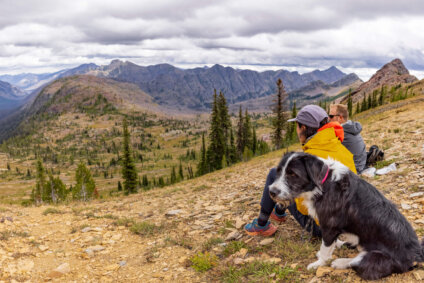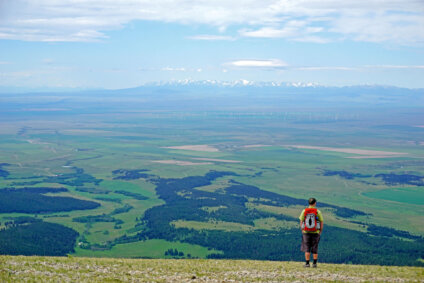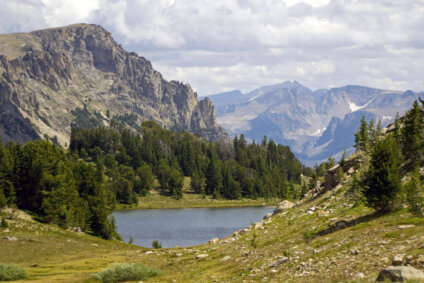A Farmer’s Introduction to the Honorable Harvest
How to give time and attention to the art of foraging on public lands
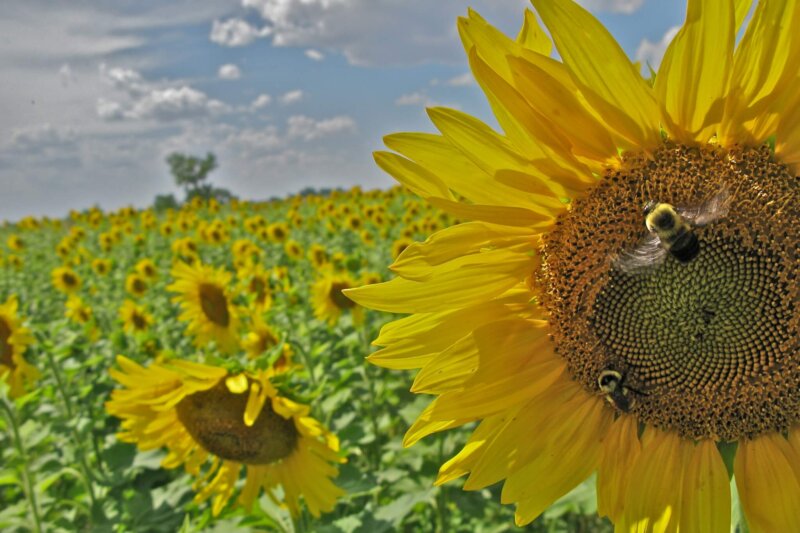
This is the first post in Megan Leach’s “Honorable Harvest” series. Stay tuned to learn about foraging and gathering dandelions, stinging nettles, lamb’s quarters, plantain, serviceberry, thimbleberry, and wild strawberry.
Spring is a busy time in the farmer’s world of green and growing things. As the cottonwood buds unfurl along the field’s edge and the ravens gather materials for their nest, I plant seedlings started under electric lights into straight and tidy rows. I weed incessantly so the crops I planned, planted, and tendedhave enough space to flourish – all so that I can harvest, bag, and bunch them and then sell them in exchange for cash to buy the things I cannot grow. These crops and I have a relationship – my labor in exchange for their lives.
All farming is a study in this exchange. We spend most of our days preparing a healthy soil home for our crops to grow, and then we cut them from that home. We harvest those that we brought into the world and cared for. We know that to take, we must first give. To harvest today, we must first sow, tend, and care. To harvest tomorrow, we must not take too much today. To harvest for years to come, we must save some seeds. We get angry at the gophers and deer who often take some of our harvest without asking because this is our home, our food.
Yet how do we behave when we walk into the homes of others? How do we treat the wilds where the raven and deer are equally at home? When we forage and gather, do we give before we take?
Indigenous people of this land and others respond to these concerns by practicing the Honorable Harvest. In “Braiding Sweetgrass: Indigenous Wisdom, Scientific Knowledge and the Teachings of Plants,” Robin Wall Kimmerer outlines ethical foraging and harvesting guidelines.
- Know the ways of the ones who take care of you, so that you may take care of them.
- Introduce yourself. Be accountable as the one who comes asking for life.
- Ask permission before taking. Abide by the answer.
- Never take the first. Never take the last.
- Take only what you need.
- Take only that which is given.
- Never take more than half. Leave some for others.
- Harvest in a way that minimizes harm.
- Use it respectfully. Never waste what you have taken.
- Share.
- Give thanks for what you have been given.
- Give a gift in reciprocity for what you have taken.
- Sustain the ones who sustain you, and the earth will last forever.
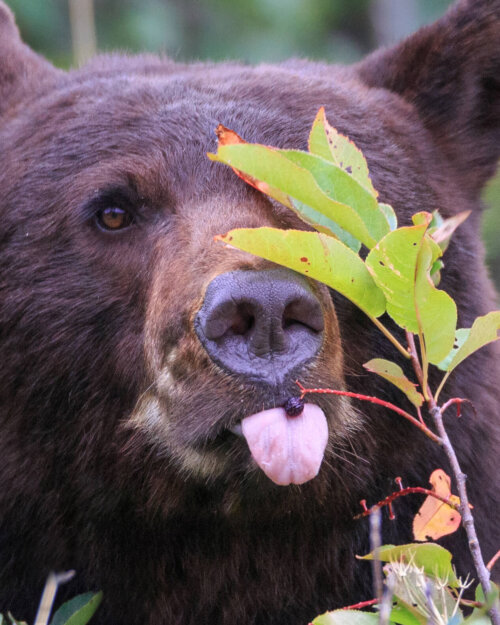
Seasoned foragers (and farmers) will be familiar with a few of the Honorable Harvest principles, but some might seem new or even odd. Most of the guidelines have less to do with physical care and more to do with our relational care. How we speak to the plant. How we behave toward the plant. How we show respect for the plant. Many foragers will wonder how you can ask permission of a plant that has no mouth to speak and no eyes to see, so let’s start at the beginning.
‘Know the ways of the ones who take care of you, so that you may take care of them.’
Farmers and gardeners know this principle. There are countless books on the specific care and needs of crops. A farmer walks their fields daily and usually spends years studying and training to grow their crops, yet a forager may only enter the forest and the wilds to harvest. They learn what is edible and how to harvest, but not how that plant grows, the company it keeps, and what it needs to thrive. They know what the plant gives them, but not what they can give to the plant then.
What if you learned the names of all the other plants that keep the huckleberry company? What if you visited when it’s in bloom, but the rains are heavy, and the bees are unable to fly and pollinate? What if you saw the bear cub in the den sleeping and dreaming of an autumn filled with berry hunts?
It isn’t just about your presence, but about your attention. We give attention to the things we care about. We pay attention. Time is our currency. And it is what we have first to give before we can take.

I challenge you to sit with the bush before you come to take a share of its bounty. Sit in the same sunshine, shade, rain, wind, drought, and smoke. Share its world. You will find that plants can speak very clearly, even without a mouth, and they can see you very well even without eyes. Ultimately, you will find that you develop new ways of listening and non-human ways of knowing.
A lot of this knowledge can be gained by reading, researching, and learning from those who study the ecology of that place. But don’t overlook the power of first-hand observation and experience. You can read everything you can find about chickens, but you’ll learn more in the first year of raising hens than can be put into a book.
It isn’t just about your presence, but about your attention. We give attention to the things we care about. We pay attention. Time is our currency. And it is what we have first to give before we can take.
Paying attention has shown me that the neighboring ravens only chase away hawks and eagles when they are actively nesting, so in early spring and late autumn, I must keep an eye on the sky to protect the hens under my care. And when the ravens fly overhead, I say hello and thank you, for even if they don’t chase away birds of prey because of my hens, we still benefit from the attention and care they show their young.
Paying attention leads to thoughtful tending. Bumping into a ripe seed head can help propagate a native plant. Trimming away old vegetation can make space for new shoots. Keeping a few fast-growing and spreading weeds at bay can allow native plants the time and space to reach maturity.
As a farmer and a forager, I find that sharing a little bit of the care and attention I give to my crops with the wild plants and providing a little bit of the respect I show to the wild plants to my crops helps to soften the barrier between the farm and the wilds and deepen my relationship to the land. For not all food grows in neat and tidy rows, yet all things benefit from attention and care.
Stay Connected
"(Required)" indicates required fields
